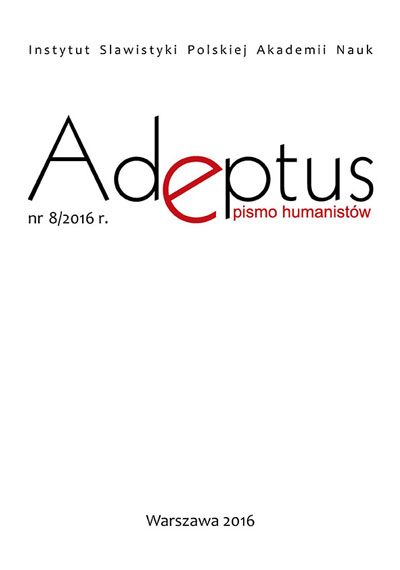Homofobia w polskiej kulturze wizualnej jako „nieodkryta” reakcja na przemiany norm seksualnych w Polsce po 1989 roku
Homophobia in Polish visual culture as an “undiscovered” response to the transformation of sexual norms in Poland after 1989
Author(s): Paweł KnutSubject(s): Cultural history, Visual Arts, Sociology, Social history
Published by: Instytut Slawistyki Polskiej Akademii Nauk
Keywords: homophobia; transphobia; art; hate speech; law; sexuality; sexual norms; transformation
Summary/Abstract: This article discusses the basic characteristics of various artistic practices aimed at stigmatizing nonheterosexuality that occurred in Poland after 1989 in response to a transformation of sexual norms and the rising emancipation of LGBT people. The form and content of selected practices is discussed in detail. Furthermore, the article argues that these practices can be classified as a form of so-called New National Art and signals the maladjustment of the language used by Polish art critique, which foreignizes and pathologizes this kind of art. The author also touches on the phenomenon of deliberate “not discovering” of these practices by national art institutions. Finally, he shows why the absence of artistic practices focused on exclusion and stigmatization of LGBT people seems to be beneficial for both major Polish art institutions and the “excluded” artists.
Journal: Adeptus
- Issue Year: 2017
- Issue No: 09
- Page Range: 1-22
- Page Count: 22
- Language: Polish

